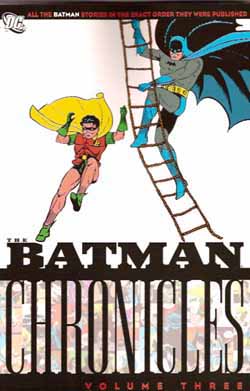 Â
Â
By Bob Kane & various (DC Comics)
ISBN 1-84576-431-5
This edition of the economy collections of Batman’s early adventures takes us from December 1940 to April 1941. By reprinting the Caped Crusader’s exploits in chronological order this way we get to see the strip develop, but also learn that as he became more popular and his appearances more widespread, our yearly progress slows greatly.
Detective Comics #46 features the return (and last appearance until 1977) of our hero’s most formidable scientific adversary. ‘Professor Strange’s Fear Dust’ is followed by issue #47’s drama on a more human scale, ‘Money Can’t Buy Happiness’. This action-packed homily of parental expectation and the folly of greed leads into Batman #4 (Winter 1941) and features ‘The Joker’s Crime Circus’, the piratical plunderings of ‘Blackbeard’s Crew and the Yacht Society’; ‘Public Enemy No.1’ tells a gangster fable in the manner of Jimmy Cagney’s movies such as Angels With Dirty Faces, and ‘Victory For the Dynamic Duo’ involves the pair in the turbulent world of sports gambling.
Detective Comics #48 finds them defending America’s bullion reserves in ‘The Secret Cavern’, and they face an old foe when ‘Clayface Walks Again’ (Detective Comics #49, March 1941), as the deranged horror actor resumes his passion for murder and re-attempts to kill Bruce Wayne’s old girlfriend Julie.
Detective Comics #50 pits Batman and Robin against acrobatic burglars in ‘The Case of the Three Devils’, leading neatly into Batman #5 (Spring 1941). Once again the Joker is the lead villain in ‘The Riddle of the Missing Card’, and then the heroes prove their versatility by solving a crime in Fairy Land via ‘The Book of Enchantment’. ‘The Case of the Honest Crook’ follows, and it is one of the key stories of Batman’s early canon. When a mugger steals only $6 from a victim, leaving much more, his trail leads to a vicious gang who almost beat Robin to death. The vengeance-crazed Dark Knight goes on a rampage of terrible violence that still resonates in the character to this day.
The last story from Batman #5 ‘Crime does Not Pay’ once again deals with kids going bad and potential redemption, and the volume closes with the eerie murder mystery ‘The Witch and the Manuscript of Doom’, which came from World’s Best Comics #1 (Spring 1941 – and destined to become World’s Finest Comics with it’s next issue.)
These are the stories that forged the character and success of Batman. The works of writer Bill Finger, artist/creator Bob Kane and his multi-talented assistants Jerry Robinson and George Roussos are spectacular and timeless examples of perfect superhero fiction. Put them in a thrifty, nifty package like this, include the pop art masterpieces that were the covers of those classics, and you have pretty much the perfect comic book. And you really, really should have it.
© 1940-1941, 2007 DC Comics. All Rights Reserved.

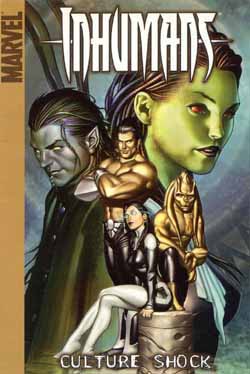 Â
 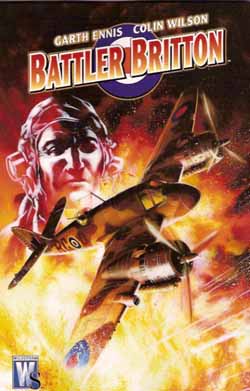
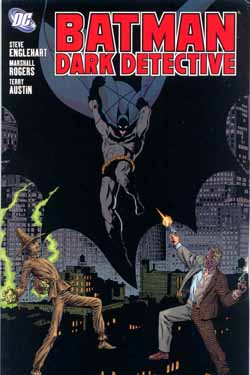 Â
 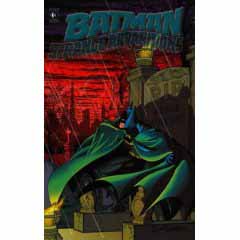 Â
  Â
 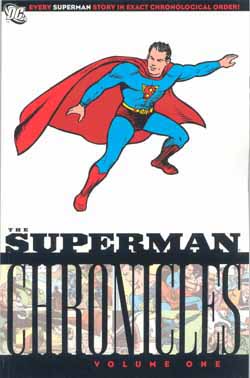 Â
 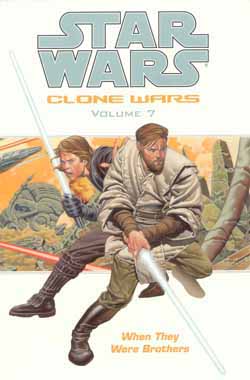 Â
 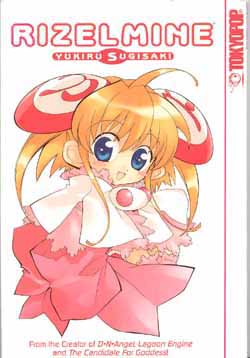 Â
 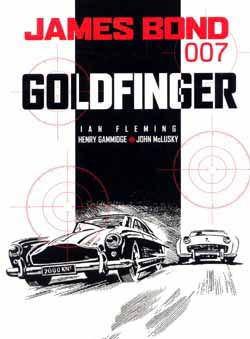 Â
Â